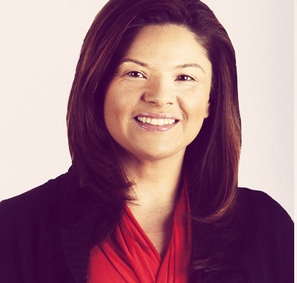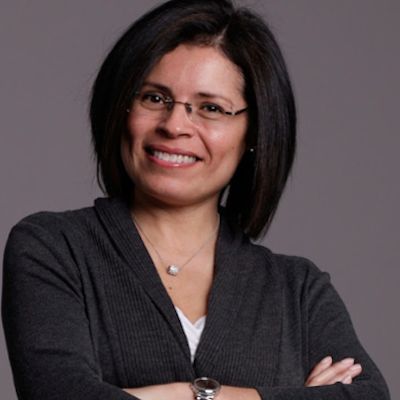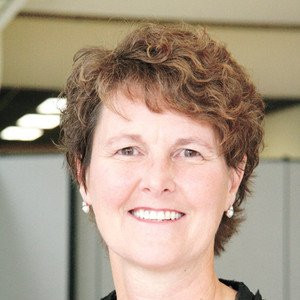It’s All About Education: Why Poverty Affects More than the Poor
Wednesday, September 30, 2015
One in every five children in America lives in poverty. That child may be hungry, and he may not know where his next meal is coming from. That child may be homeless, living with relatives, or living without utilities. That child may not have rain boots or a warm coat. That child may live in your city.
In fact, here in Rhode Island, the statistics are consistent: in 2014, 19.8% of all kids, just under one in five, were growing up in poverty. According to RI KidsCount, 40% (84,008) of the Ocean State’s children were low-income, which means their families had incomes below 200% of the federal poverty threshold.
The 2014 federal poverty threshold was set at an annual income of $19,073 for a family of three with two children and $24,008 for a family of four with two children. Considering that average rent in the U.S. is over $900 per month, or $10,800 per year, there is not a lot of money left over for transportation, utilities, food, and clothing.
GET THE LATEST BREAKING NEWS HERE -- SIGN UP FOR GOLOCAL FREE DAILY EBLASTHow do we compare to other states? Rhode Island ranks 26th in the nation – and last in New England – for the percentage of children living in poverty. We can – and we must – look out for our youngest residents. Programs like RIDE’s Summer Food Service Program help, but that is only a piece of the puzzle.
Last September, I wrote about the connection between affordable housing and strong schools. In Providence, according to RentJungle, the average rent is $1,242 per month. Back in 2012, GoLocalProv reported that a cost of living study showed that rent in RI is too high – and rent has not dropped since then.
Research has shown that affordable housing affects education in many ways, among them by reducing the number of times a family moves, by removing sources of environmental stress, and by increasing parental spending on child enrichment activities. Strong, stable communities tend to have stronger, more stable schools. But making housing more affordable for our poorest families is only part of the answer.
According to Annie E. Casey Foundation President Patrick McCarthy, improving outcomes for children living in poverty will require several social and economic measures such as tax credits, food stamps, and job training for parents. Policies that promote family-friendly workplaces would also help to support families struggling to make ends meet.
A report released by UNICEF last year found that over 76 million children live in poverty in the 41 most affluent countries in the world. As a result of the recession, many more children slipped into poverty, and many countries responded by increasing benefits such as child care subsidies, tax credits, and extended paid parental leave. The report noted that, of all newly poor children in the OECD and/or EU, about one third live in the U.S.
We are one of the wealthiest countries in the world. We pride ourselves on being a leader and a model of democracy. However, as I wrote last week, we have some of the least family-friendly policies of any developed nation. When some of our own citizens find it easier to raise children as expatriates living in other countries than it is to raise them here at home, we have a serious problem.
Research shows that poverty has a significant impact on school performance. We know that income is more important than race in predicting the achievement gap politicians often rail against. A recent study also showed that poverty actually negatively affects a child’s developing brain. Ensuring that children growing up in our poorest families will have the same chance to succeed as their wealthier counterparts is critical to our country’s future. Poverty affects us all.
Lauri Lee is an independent consultant with over twenty years of experience in both public and private education, with learners from infants through adults. With experience in teaching, marketing, communications, social media, development, admissions, and technology, she is able to synthesize many of the issues facing our educational system today. She lives in Providence, RI with her family, a big dog, and a small cat. She blogs at http://www.AllAboutEducation.net and you can follow her on Twitter at @fridovichlee.
Related Slideshow: RI Experts on the Biggest Issues Facing Public Education
On Friday November 22, the Hassenfeld Institute for Public Leadership at Bryant University, the Latino Policy Institute of Roger Williams University, the Rhode Island Association of School Committees, the Providence Student Union, and RI-CAN: Rhode Island Campaign for Achievement Now will host Rhode Island leaders in the public and nonprofit sectors for a symposium on "the civil rights issue of the 21st century, adequacy and equity and the State of Education in Rhode Island."
Weighing in on the the "three biggest factors" facing education in the state today are symposium participatnts Gary Sasse, Founding Director of the Hassenfeld Institute for Leadership; Christine Lopes Metcalfe, Executive Director of RI-CAN; Anna Cano-Morales, Chairwoman of the Board of Trustees, Central Falls Public Schools and Director, Latino Policy Institute at Roger Williams University; Tim Duffy, Executive Director, RI Association of School Committees; and Deborah Cylke, Superintendent of Pawtucket Public Schools.
Related Articles
- It’s All About Education: School Choice - Vouchers and Tax-Credit Scholarships Don’t Pay
- It’s All About Education: Failure to Launch - It’s Not Just a Movie
- It’s All About Education: Making a Commitment to Rhode Island’s Children
- It’s All About Education: How Poverty Impacts Brain Development and Learning
- It’s All About Education: Re-Imagining Our Educational System
- It’s All About Education: Learning Life Skills at Hope High
- It’s All About Education: After School Programs Make a Difference
- It’s All About Education: How Vaccination Affects Schools – and Society
- It’s All About Education: Changing Lives with School Lunches
- It’s All About Education: How Breakfast Could Help Close the Achievement Gap
- It’s All About Education: Choosing the Right School for Your Child
- It’s All About Education: Can Education Drive Social Change?
- It’s All About Education: High-Quality Early Learning: Necessary For All
- It’s All About Education: The Benefits of Intergenerational Programs
- It’s All About Education: Why So Many Choose Progressive Education
- It’s All About Education: Could Competency-Based Learning Be the Wave of the Future?
- It’s All About Education: The Most Wonderful Time of the Year?
- It’s All About Education: Just Let Them Play
- It’s All About Education: What Kids Learn from Sports
- It’s All About Education: Why Summer Vacation Should Be Just That
- It’s All About Education: The Arts, Education, and Transformation
- It’s All About Education: A Broader Definition of Education
- It’s All About Education: Reading for Pleasure Predicts Academic Success
- It’s All About Education: Divine Providence: Engaging Community
- It’s All About Education: Kids Learn Through Experience













